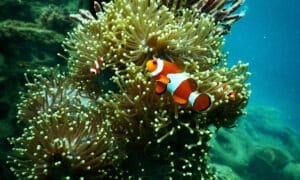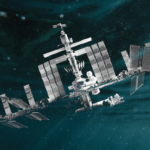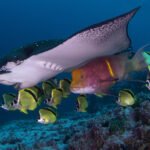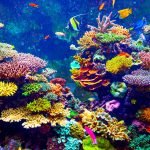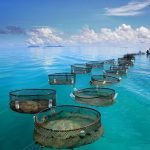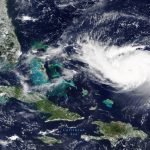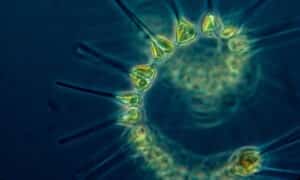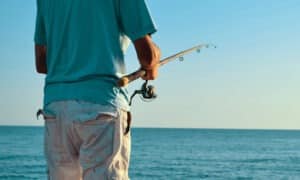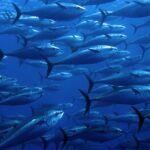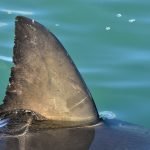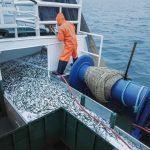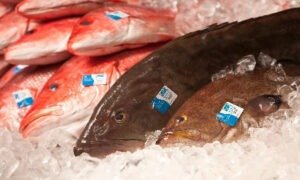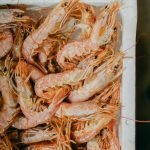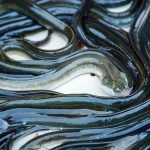According to the IPBES Global Assessment on biodiversity released in May 2019, almost 33% of reef-forming corals and more than a third of marine mammals are threatened, and 66% of the marine environment has been significantly altered by human activity.
As global population expands and demand for seafood increases, the challenge will be in producing the volume of seafood we need in a way that is protective of the environment and healthy for humans, while also reducing bycatch and defending animal welfare.
Without proper management of how fish are taken from the ocean or grown in aquaculture pens, we run the risk of overfishing, disease, animal cruelty or suffering, and the effects of bycatch.
The United States does a particularly good job of fishery management in domestic waters and is starting to regulate the imports of seafood to comply with U.S. regulations. Organizations like the Environmental Defense Fund and Pew Charitable Trusts are using technology and working with local communities to further improve fishery management abroad. But industrialized fishing in international waters continues to be difficult to monitor and regulate, which contributes to species exploitation, illegal fishing, decreasing biodiversity, and dead zones in the ocean.
By highlighting and supporting the community of responsible producers and seafood innovators around the world who are developing a more sustainable seafood system, we hope you will join us in defending animal welfare, valuing life below water and conserving healthy populations of fish in the ocean.
